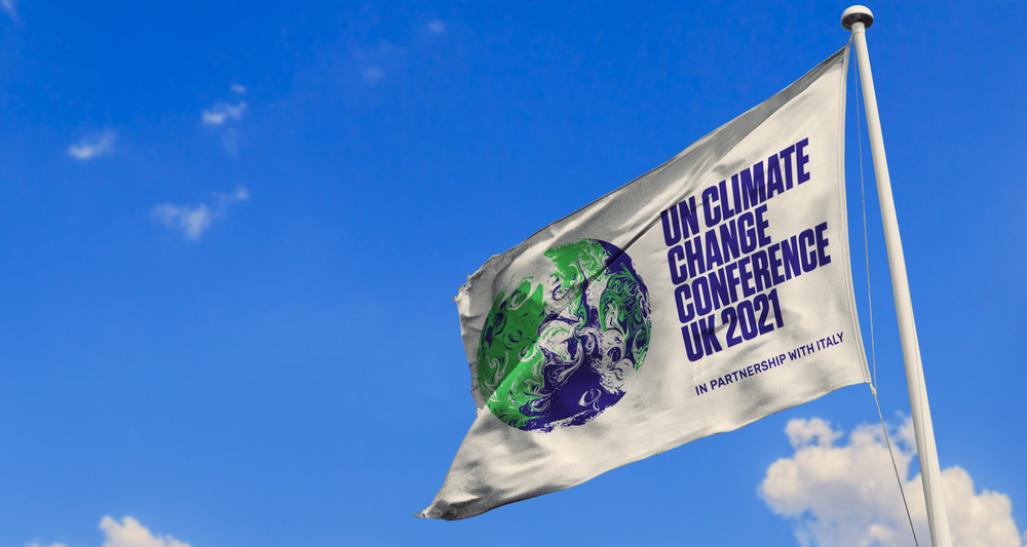
The COP26 global climate change summit in Glasgow concludes this week with 190 world leaders and thousands of government officials, business representatives and nonprofit groups making commitments to address climate change threats. Although the retail industry has a significantly smaller impact on climate change than other industries like oil and gas, coal, cement, steel, aluminum, and automobiles and transportation, retail leaders recognize that every business in every industry must address the climate challenge. The retail industry is doing its part.
Learn more about sustainability in the retail industry and what changes are being made among retailers.
With customers, employees, executives and investors asking retailers to take action, retailers are responding. They are making retail operations more energy efficient, working with suppliers to reduce impacts throughout their supply chains, offering customers more sustainable products, and tracking and reporting on their progress.
More than three dozen of the largest retailers in the United States have gone even further. They have set or committed to setting Science Based Targets that provide a clear route to reduce their greenhouse gas emissions. The SBT process requires businesses to quantify their current emissions, set specific meaningful carbon reduction targets with measurable interim goals, reduce greenhouse gas emissions, report on their progress, and help others along the way.
Retailers face a significant challenge. More than 90 percent (and sometimes as much as 98 percent) of the emissions associated with their businesses occur outside of their direct control as part of their “scope 3” emissions. The World Resources Institute’s GHG Protocol Corporate Standard and related standards divide a company’s emissions into three categories – scopes 1, 2 and 3.
Scope 1 covers emissions owned or directly controlled by a business, e.g., oil and gasoline used to heat a building or fuel a vehicle. Scope 2 includes purchases of electricity to power owned or leased buildings. Scope 1 and 2 emissions are easier to track and manage because a retailer has more direct control over them. Businesses can, for example, improve the energy efficiency of their buildings, vehicles and operations to reduce scope 1 and 2 emissions.
Scope 3 emissions are more challenging because they include all the emissions generated to make the products that retailers sell (upstream emissions) and the emissions that customers create by using and ultimately disposing of the products that they purchase (downstream emissions).
Despite these challenges, retailers are setting goals and working with suppliers and customers to reduce scope 3 emissions. Retailers are shrinking upstream emissions by encouraging suppliers to increase the energy efficiency of their operations and to use more sustainable materials for products and packaging (e.g., increasing recycled content).
They’re also reducing downstream emissions. Some retailers, for example, are making it easier to buy more energy-efficient products or laundry detergents designed to work in cold water. Both approaches help reduce customer energy use and the resulting greenhouse gas emissions. Other retailers are offering more durable products that last longer, making it easier for customers to return used clothing for recycling or resale, or exploring reusable and refillable packaging.
The retail industry, the largest sector of the U.S. economy, is already part of the solution to limit climate change impacts. Retailers will continue inventing and implementing pragmatic climate change solutions because the needs identified at COP26 demand nothing less.


